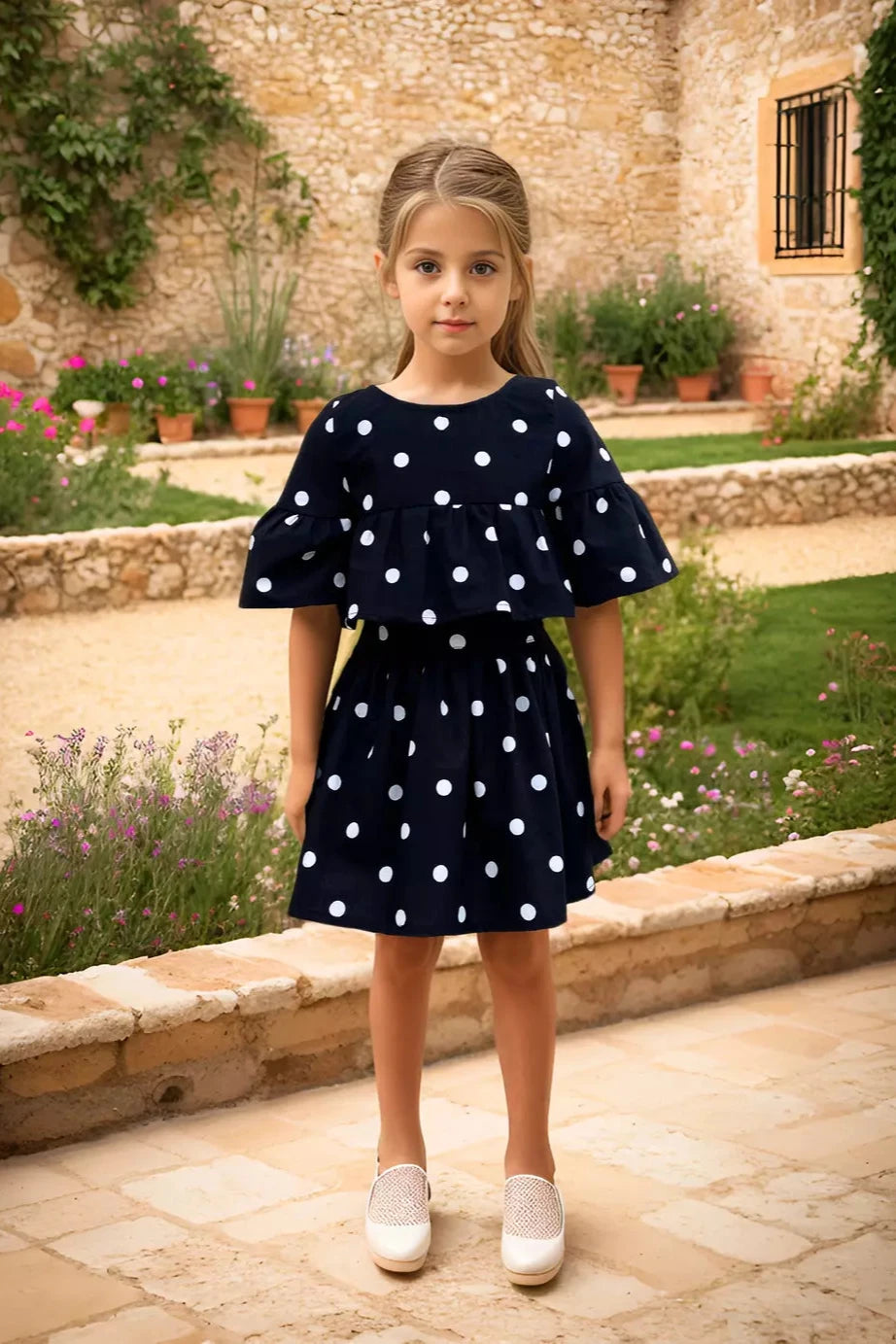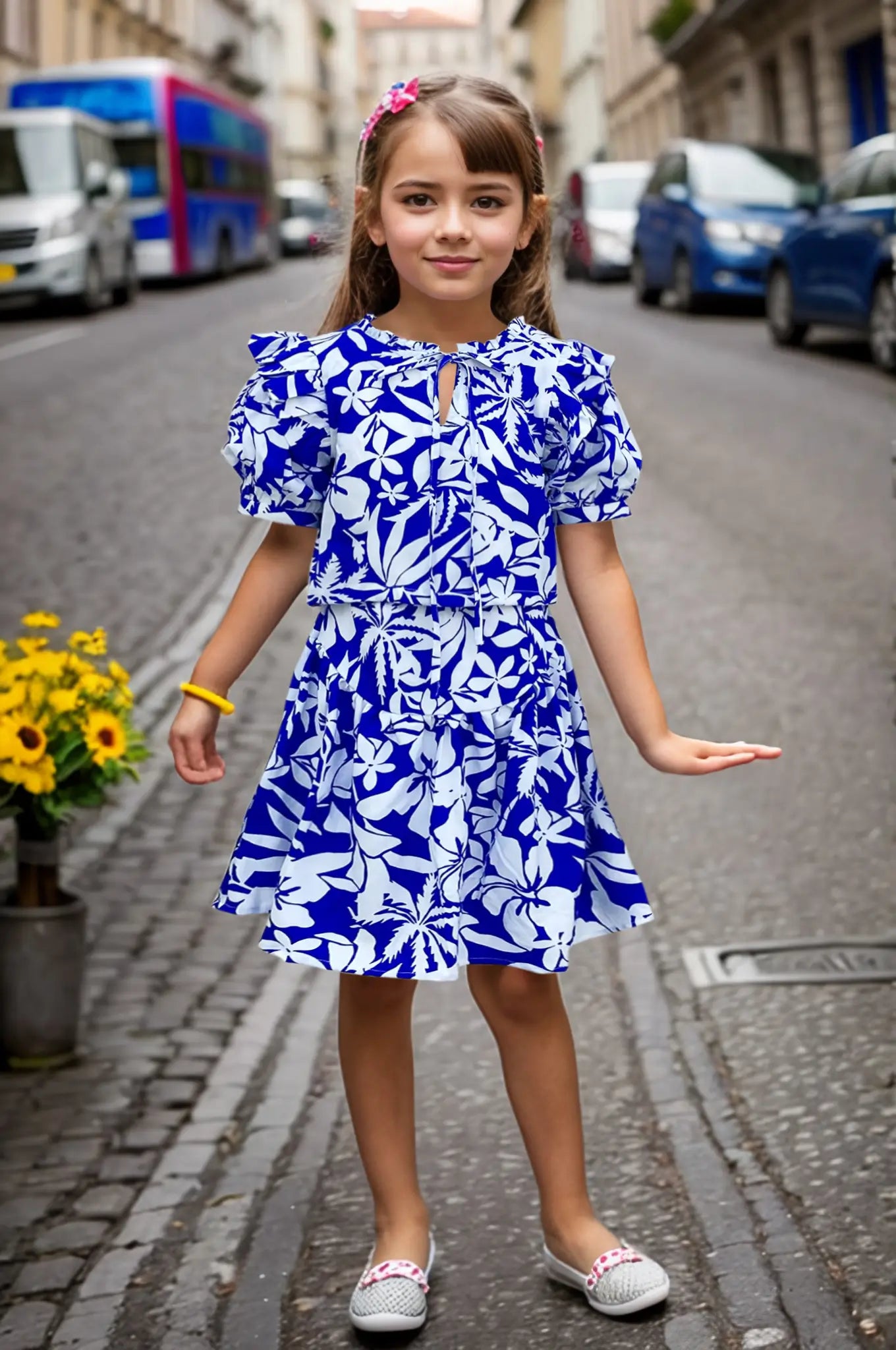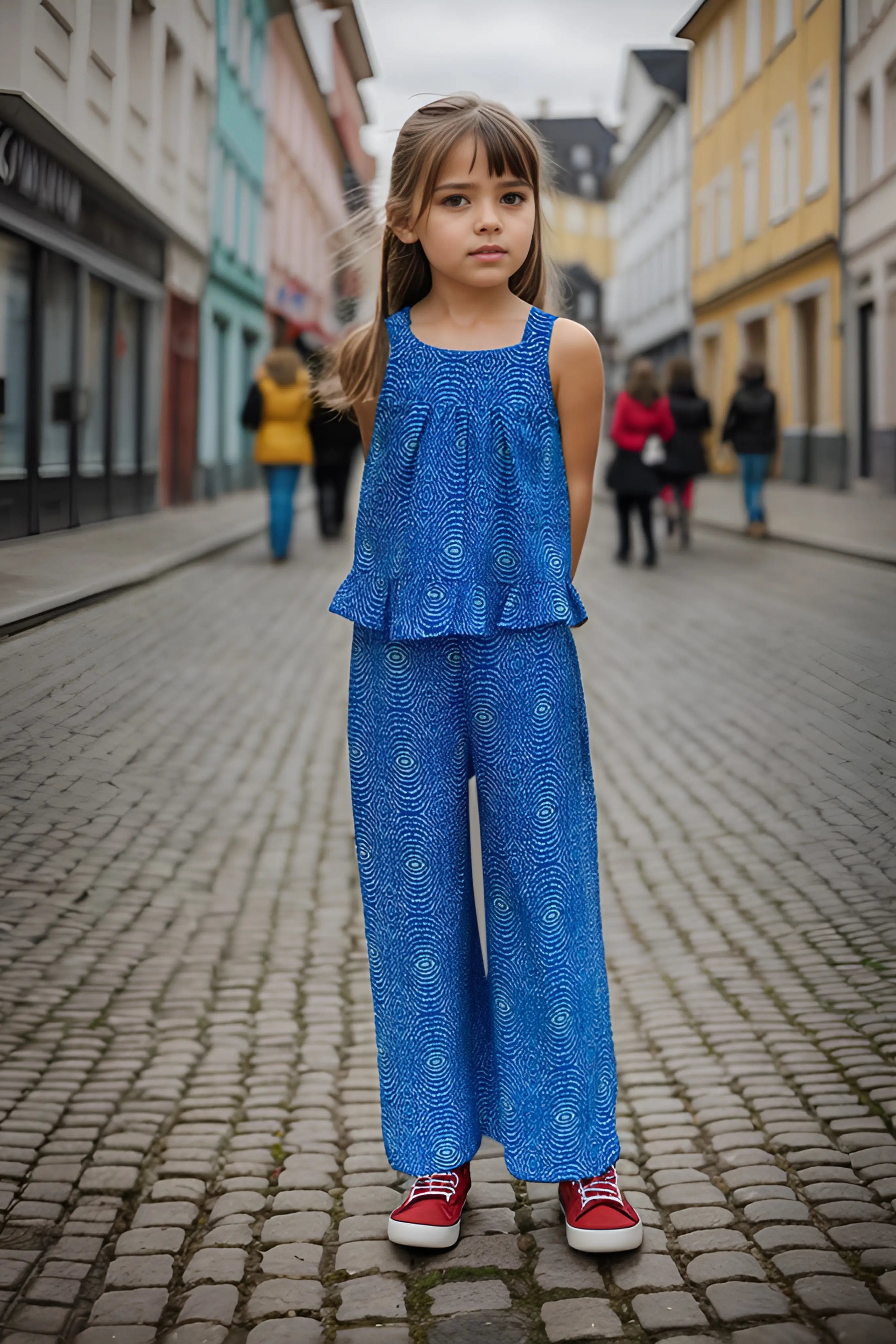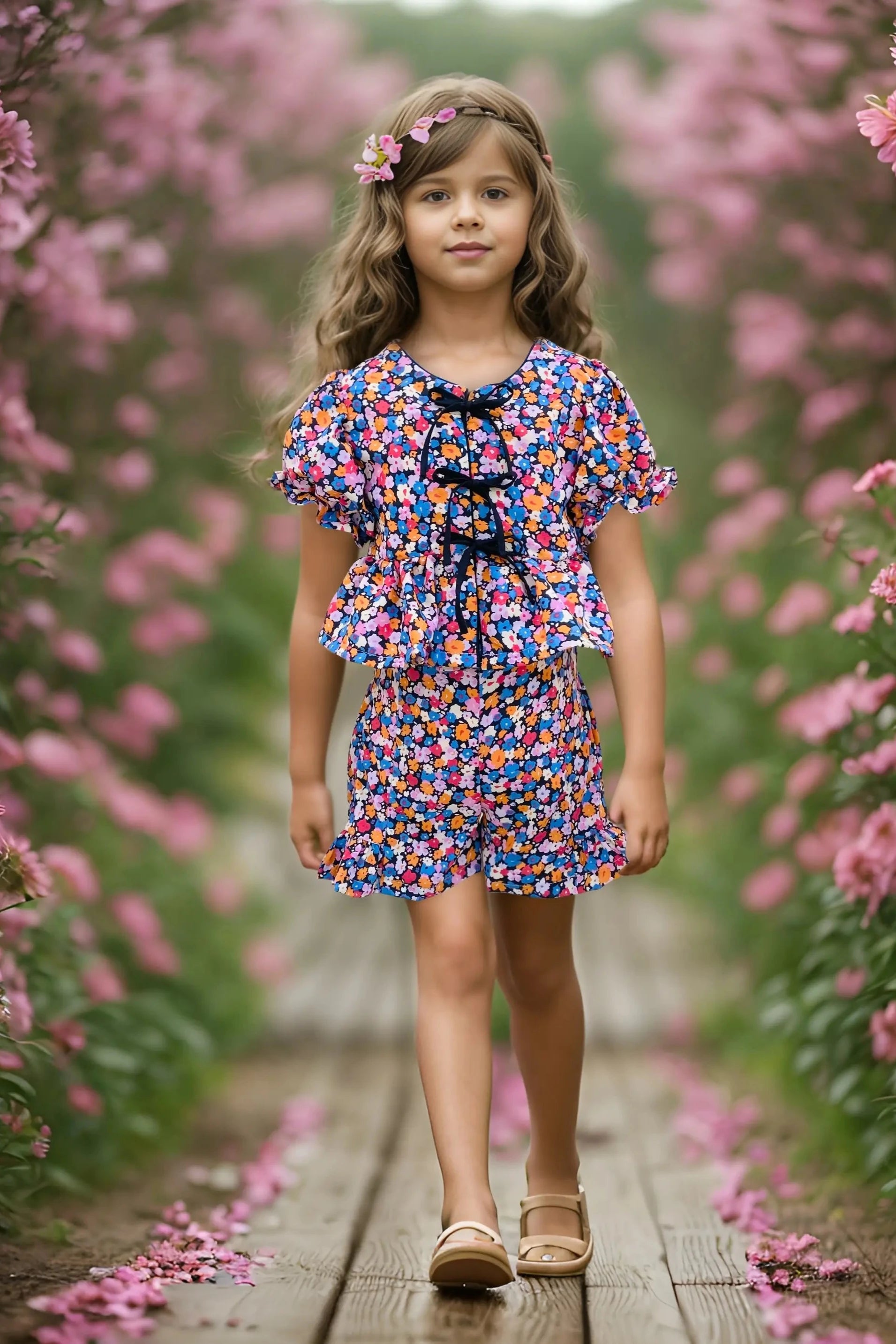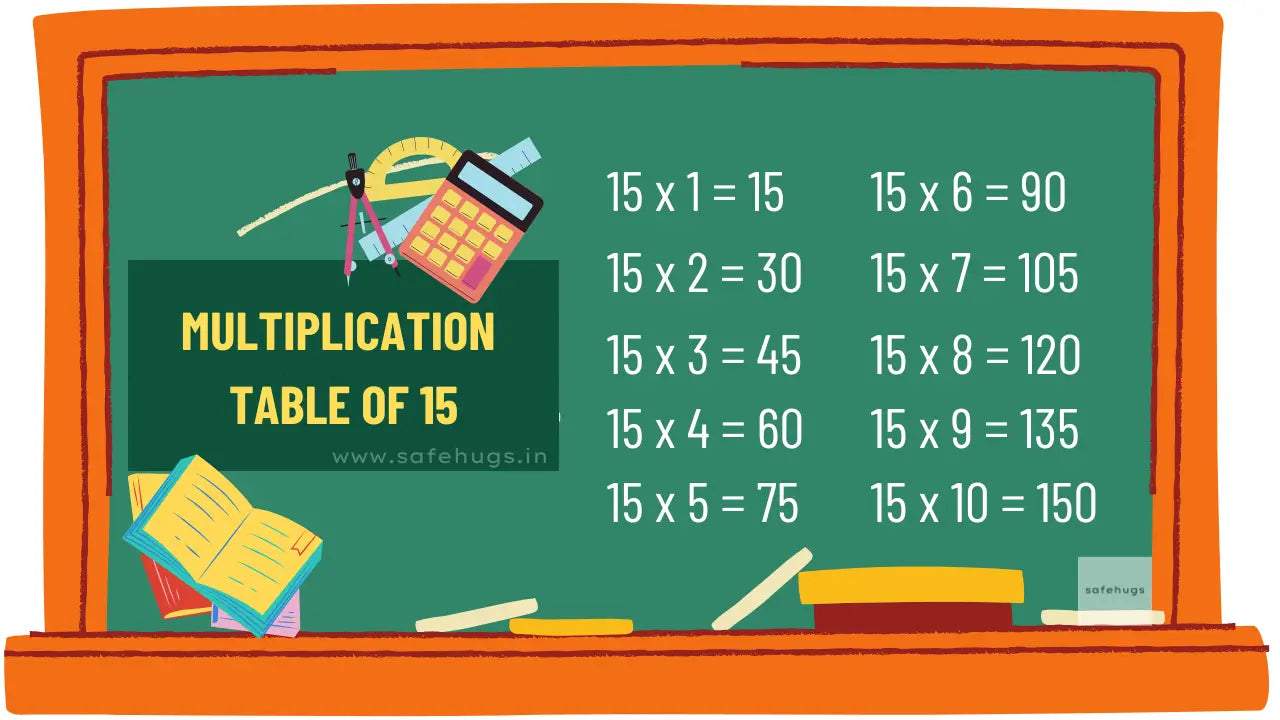Essay on Holi
Holi, the Festival of Colors, celebrates triumph, new beginnings, and joy. Here are curated essays (200-600 words) for various grade levels explore Holi's cultural significance, traditions, and personal experiences. Reflect on the vibrant celebration, fostering understanding and appreciation in young minds.
Table of Contents
- Short essay on Holi for kids (for students under class 4)
- Story of Holi
- Essay on Holi in 200 words (for students in classes 5, 6 & 7)
- Essay on Holi in 350 words (for students in classes 8, 9 & 10)
- Essay on Holi in 500 words (for students in classes 11 & 12)
- Holi Celebration Essay 200 Words
- Download PDF (English & Hindi)
- Holi Essay 10 Lines
- FAQ's
Short essay on Holi for kids (for students under class 4)
Holi is a fun and colourful festival celebrated mainly in India. It’s called the "Festival of Colours" because people throw bright, colourful powders at each other and splash water to celebrate joy and friendship. Holi usually happens in spring and marks the victory of good over evil. Families and friends gather to dance, sing, and enjoy special sweets like gujiya. Kids especially love Holi because they can play outside, throw colours, and have fun with water balloons. Holi brings everyone together, spreading happiness, love, and the beauty of colours all around. It’s a joyful time for everyone!
Story of Holi

Essay on Holi in 200 words (for students in classes 5, 6 & 7)

Holi – The Festival of Colors
Holi is a joyful and colourful festival celebrated mainly in India. It is also known as the "Festival of Colors" because people throw coloured powders at each other. This festival brings happiness and fun to everyone, especially kids.
Time of Celebration
Holi is usually celebrated in spring, around March. It marks the end of winter and the start of spring. This is a time when flowers bloom, and people feel happy and cheerful. Holi also celebrates the victory of good over evil, making it a very special festival.
Holi Celebrations
On Holi, people gather with family and friends. They throw coloured powders and splash water on each other, which creates a rainbow of colours everywhere. Kids love to play with water balloons and water guns. People dance, sing, and enjoy special sweets like *gujiya* and *malpua*. It’s a time for everyone to have fun together.
Importance of Holi
Holi spreads love, happiness, and friendship. It brings people together and helps them forget differences. The colours of Holi represent joy and unity. It’s a festival of sharing and spreading smiles. Holi reminds us of the importance of kindness, friendship, and the beauty of life’s colours.
Check out SafeHugs for SafeKidsWear, where you can find stylish and comfortable clothing designed with safety in mind for your little ones.
Essay on Holi in 350 words (for students in classes 8, 9 & 10)

Holi – The Festival of Colors and Joy
Holi is one of India’s most exciting and colourful festivals. It is also known as the "Festival of Colors" or "Festival of Love." Holi brings happiness and togetherness to everyone. People of all ages enjoy celebrating this beautiful festival with fun and laughter.
The Story and Significance of Holi
Holi is celebrated in spring, usually in March. It marks the end of winter and the start of the new season. The festival also has a deep meaning. It celebrates the victory of good over evil. According to Hindu mythology, Holi is linked to the story of Prahlada and Holika. Prahlada was a great devotee of Lord Vishnu. His evil father, King Hiranyakashipu, wanted to punish him. Holika, the king’s sister, tried to harm Prahlada by sitting with him in the fire. But Lord Vishnu saved Prahlada, and Holika was burned. This shows that good always wins over evil.
Holi Celebration
The celebration of Holi starts with Holika Dahan. On this night, people light bonfires to remember the story of Prahlada and Holika. They gather around the fire, sing songs, and pray for protection and happiness. The next day is the main celebration, called Rangwali Holi or Dhulandi. People play with colourful powders called gulal and splash water on each other. The air fills with bright colours, laughter, and joy. Kids use water balloons and water guns to have even more fun.
People visit friends and family, share sweets, and enjoy delicious food. Special dishes like gujiya, thandai, and puran poli are made for Holi. Everyone, young or old, joins in the festivities. People also forgive and forget past arguments. Holi is about spreading love and friendship.
The Spirit of Holi
Holi brings people together and spreads happiness. It teaches us the importance of love, unity, and joy. The festival reminds us to let go of negativity and welcome positivity into our lives. The bright colours of Holi make everything look beautiful. It is a celebration of life and the wonders of togetherness.
Explore this insightful essay on Diwali to understand its significance and traditions, perfect for students and anyone wanting to celebrate this vibrant festival.
Essay on Holi in 500 words (for students in classes 11 & 12)

Holi: The Festival of Colours
Holi Festival is one of the most vibrant and joyful festivals celebrated primarily in India. Known as the "Festival of Colours," it takes place in the spring, typically in March, symbolising the arrival of a new season and spreading renewal, hope, and happiness. Although celebrated mainly in India, Holi’s popularity has spread to many parts of the world, uniting people through joy and laughter.
The Legend of Holi: Victory of Good Over Evil
Holi’s origins trace back to a famous Hindu legend that celebrates the triumph of good over evil. According to the story, a demon king named Hiranyakashipu demanded that everyone worship him instead of God. However, his son, Prahlad, was a devout follower of Lord Vishnu and refused to obey. Enraged, Hiranyakashipu ordered his sister Holika, who had a magical cloak that made her immune to fire, to kill Prahlad by carrying him into a blazing fire. Miraculously, the cloak protected Prahlad, and Holika was burned instead. This event depicts the victory of good over evil and is commemorated with the Holika Dahan ritual, where bonfires are lit on the eve of Holi.
Playing with colours: The Joyful Spirit of Holi
The main celebration of Holi involves playing with colours. People gather in open areas to throw gulal, or coloured powder, at each other, and splash coloured water using balloons, water guns, and buckets. Friends, family members, and even strangers come together to celebrate, covering each other in a rainbow of colours. The festival turns streets and parks into a vivid scene of reds, greens, blues, yellows, and pinks, creating a unique atmosphere of happiness and freedom.
Singing and dancing are also integral to the celebration, as people move to traditional folk songs and joyful music. The colourful festivities break all barriers of age and status, bringing people together with an open heart.
Delicious Foods and Sweets Shared on Holi
Holi is also a time for delicious treats and traditional food. Families prepare and enjoy festive foods like gujiya, a sweet pastry filled with nuts and dried fruits, and thandai, a refreshing milk-based drink flavoured with almonds and spices. People visit each other’s homes to share these sweets, enjoying the spirit of hospitality and togetherness. Exchanging sweets during Holi strengthens bonds and creates a feeling of warmth in the community.
A Festival Promoting Unity and Forgiveness
Holi holds a unique place in Indian culture for its emphasis on unity and forgiveness. The festival encourages people to let go of past grievances, forgive each other, and move forward with renewed friendship. It’s a time to set aside differences, share laughter, and strengthen relationships, making Holi not just a festival of colours but a festival of harmony and unity.
Holi’s Global Influence
In recent years, Holi has gained popularity across the globe. Celebrations, Holi-inspired parties, and music festivals are now held in many countries, allowing people from diverse cultures to experience the joy and spirit of this Indian tradition. This global recognition has made Holi an international celebration, bridging cultures through colour, music, and dance.
Conclusion: A Festival of Happiness and Togetherness
Holi is much more than just a celebration of colours; it is a festival of love, unity, and the triumph of good. Through colours, music, and traditional sweets, it brings people together, reminding us of the importance of kindness, forgiveness, and joy. Holi’s lively spirit fills everyone’s heart with warmth and happiness, making it one of the most cherished festivals in India and beyond.
Discover heartwarming friendship stories with valuable morals that teach important life lessons about kindness, loyalty, and the true meaning of friendship.
Holi Celebration Essay 200 Words

Holi Celebration
Holi is a joyful and colourful festival celebrated mainly in India. It is known as the "Festival of Colors" and marks the arrival of spring. Holi brings happiness and a sense of togetherness. The festival also symbolizes the victory of good over evil, as it is linked to the story of Prahlada and Holika from Hindu mythology.
The celebration begins with Holika Dahan the night before Holi. People gather around large bonfires, sing traditional songs, and pray for good fortune. This ritual represents the burning away of evil and the triumph of good.
The next day is called Rangwali Holi. People play with coloured powders called gulal and splash water on each other. Everyone, from children to adults, enjoys throwing colours and laughing together. It’s a day filled with fun, music, and dancing. People visit friends and family, share sweets like gujiya, and enjoy festive meals.
Holi brings people closer, as it encourages forgiveness and the renewal of relationships. The festival spreads joy, laughter, and positivity everywhere. The colourful celebration makes life brighter and reminds us of the beauty of unity and love. Holi truly is a festival that fills the world with happiness and colours.
Join the Mom Insider Community for a supportive network of mothers sharing experiences, tips, and advice on parenting and everyday challenges.
Holi Essay 10 Lines
- Holi is a famous Indian festival, also known as the "Festival of Colors."
- It is celebrated in the spring season, usually in March.
- Holi marks the victory of good over evil, based on the story of Prahlada and Holika.
- People light bonfires the night before Holi, called Holika Dahan.
- The next day, everyone plays with colourful powders and water.
- Friends and families gather to throw colours, dance, and have fun together.
- Kids enjoy playing with water balloons and water guns.
-
Special sweets like gujiya and drinks like thandai are enjoyed during Holi.
- Holi brings people together, spreading joy, love, and friendship.
- It is a festival full of happiness, laughter, and beautiful colours.
Visit SafeHugs for more engaging parenting blogs that cover a variety of topics, offering insights and advice for parenting and raising happy children.
FAQ'S
1. What is the full name of Holi?
The full name of Holi is *Holika Dahan* and *Rangwali Holi*. *Holika Dahan* marks the bonfire ritual, while *Rangwali Holi* is the colorful celebration.
2. Who started Holi?
Holi originates from Hindu mythology, linked to the legend of Prahlada and Holika, symbolizing good triumphing over evil. It evolved through cultural traditions.
3. What is the importance of Holi?
Holi symbolizes the victory of good over evil, celebrates the arrival of spring, and promotes joy, unity, and cultural togetherness.
4. Why is called Holi?
Holi is called the "Festival of Colors" because people celebrate by throwing colourful powders, symbolizing joy, love, and the arrival of spring.
5. What is Holi for Class 1?
Holi is a fun and colourful festival celebrated in India. People throw bright powders, splash water, and enjoy sweets. It celebrates love, friendship, and the arrival of spring.
6. How to convey Holi wishes?
Convey Holi wishes by sending colourful messages, greeting cards, or sharing sweet treats. Express joy and love to friends and family!








